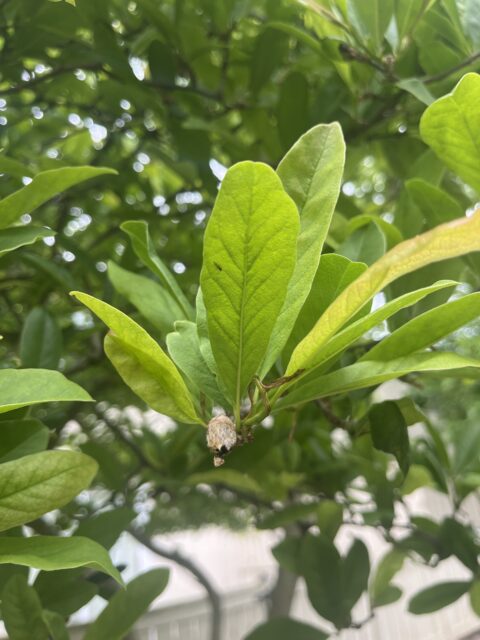Do All Trees Blend Together?
We all know what a tree is of course. If we really ask someone anything specific or even some discernable features people often struggle. Its not cold fusion it’s just people are blind to the fact that these things are all around us. Gabriel Popkin’s article Cure Yourself of Tree Blindness talks about this phenomena.
He goes even further to say that this ailment is something can be and should be cured. His claim, becoming a more enlightened person and being able to advocate for tree justice. This resonates with me because I feel as thought that the environment in large is in jeopardy to our blindness and even worse our greed. That’s why I think it is super important to inform as many people as possible to hold each other accountable and protect the trees.
That sounds very Lorax of me but I know I am not alone in this sentiment by a long shot. With that being said the only way to become familiar is to identify them so without further ado…
Identifying
First up is the Honey Locust, Gleditsia triacanthos. I found this tree literally outside of my apartment. Grass area lots of clear sky’s and it is huge. The leaves are opposite compound and may even be twice compound with very slightly toothed leaves. They produce a honey like substance found in there pods when they are matured, and they do not harbor nitrogen fixing bacteria unlike their relatives.
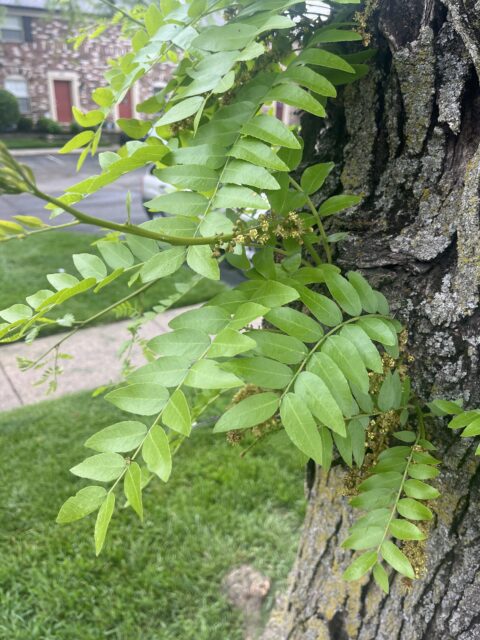
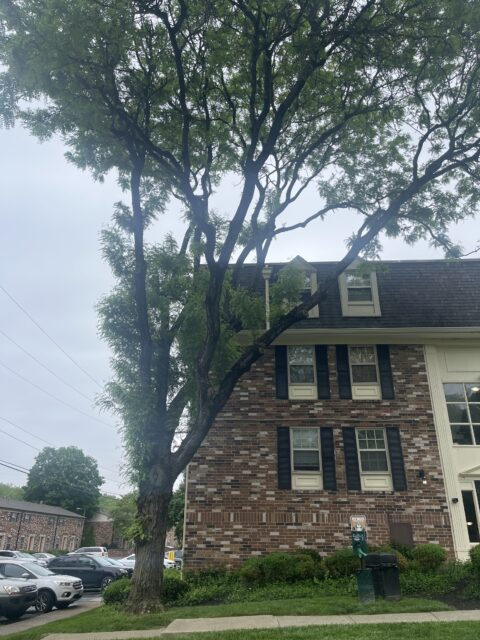
Next up is the Oblong Leaf June Berry, Amelanchier canadensis. I found this tree outside a garage door at my apartment complex lots of them around but spaced out between each door. Clear mulchy area with lots of blue skies. Smooth, flat alternating leaves with little fruit buds which when it finishes developing will turn into purple berry clusters. They can be consumed and have a similar taste to blueberries but considerably more nutritional value.
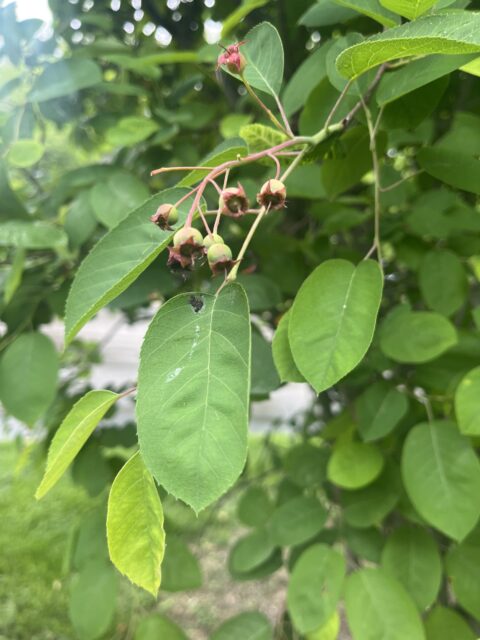
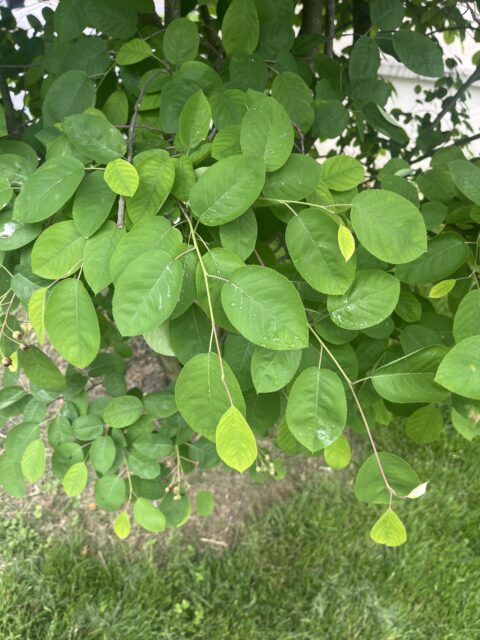
After that we have the American Sycamore, Platanus occidentalis. This tree was located behind aforementioned garages with many other of the same kinds of trees around. Just on top of a hill these trees are humongous the biggest ones on my complex and it wasn’t even close. I also found more of them on the bank of the Scioto on the complex as well. The leaves are 5 lobbed with sharp teeth, and brown hairy fruits. The tree has the widest trunk in diameter in the united states spanning up to nearly 15 feet in width.
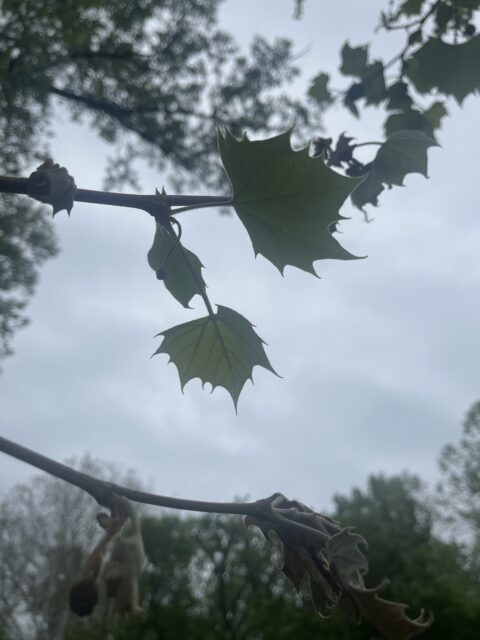
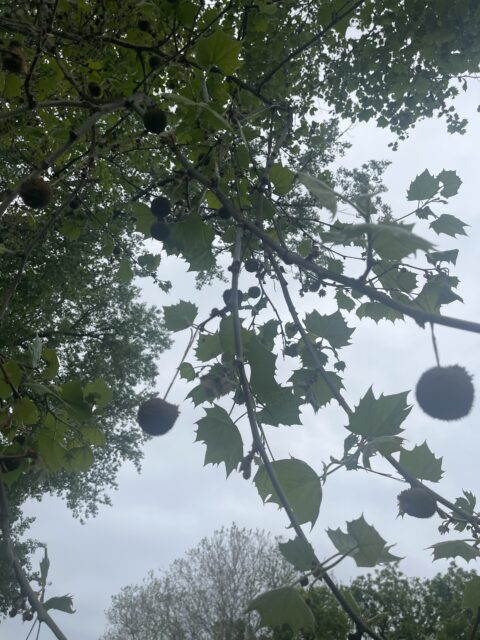
Following this is the Amur Honeysuckle, Lonicera maackii. This was in the woods out by our club house. Very large woody area with lots of other trees around but they were present in abundance. This isn’t surprising as this is an invasive species. Leaves are simple and round and opposite. They have grey woods and yellow and white flowers that are prominent this time of year. This plant is often planted to help with erosion control and can also be used for headaches and laxatives.

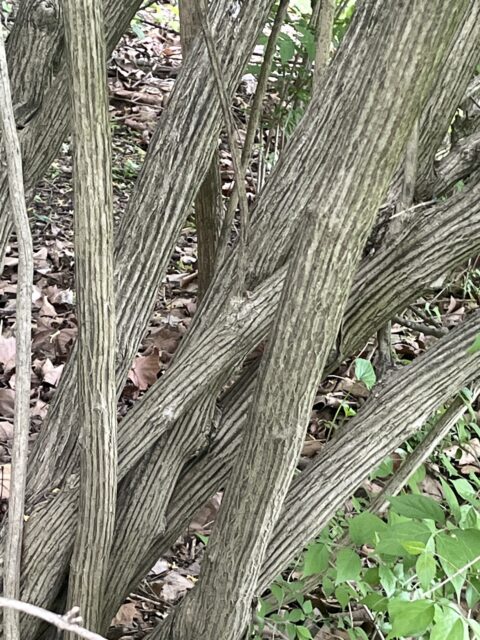
After that I was able to find a Blue Spruce, Picea pungens. Singular tree not too far from the Sycamores but definitely looked out of place. Lots of flat grassland far enough away to not be shaded by other trees. Spiney opposite deep greenish blue needles with cones for reproduction. It’s often used as a wind breaker due to its thickness being able to slow down wind velocities.
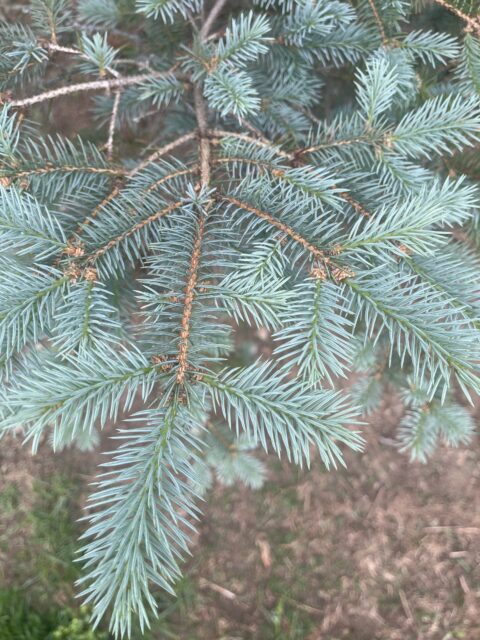
Following that we have an Black Pine, Pinus nigra. I found this guy down by the club house as well but not in the woods they were outside the windows to the office building but they’re much taller than the office building so it doesn’t cast a shadow. A couple of them bunched together in the mulch but not right on top of each other though. It has opposite spiney needles with distinct male and female cones. The male being the lighter and smaller of the two cones. This particular tree is able to tolerate adverse soil conditions and air pollution.
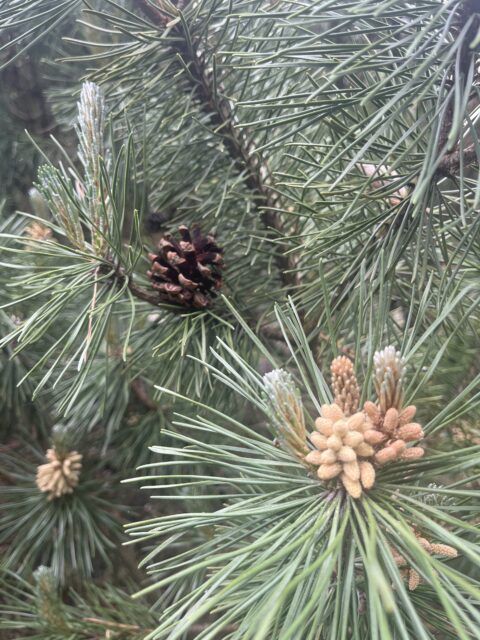
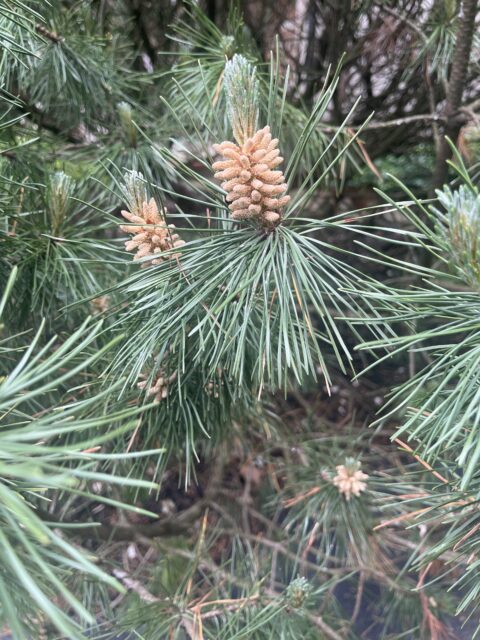
Not only that but I also found a Chinese Crab Apple, Malus spectabilis. This was over by the condos and gazebos down close to the Scioto river. Good amount of space between each of them and they spaced out by the walkway there. Mulchy area with lots of space. Alternating with oval and 5 lobbed leaves coupled with buds for fruit that develop into tiny bright red apples from white and pink flowers. A common name for the fruits is “jewels of the landscape” due to their vibrant color and beauty.
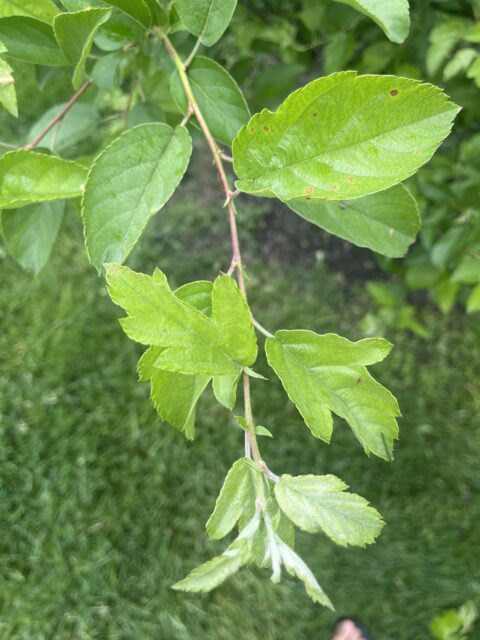
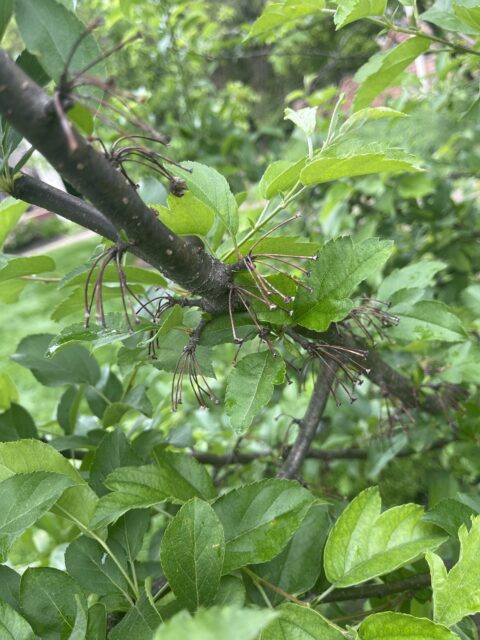
Finally I stumbled upon a Star Magnolia, Magnolia stellata which I thought was the coolest looking one and am looking forward to seeing them blossom. Found a singular tree by the walking trails in between the condos walkway. It is sandwiched between buildings that cast shadows so it doesn’t get as much light as the other plants listed. Pinnately compound leaves with little flower blossoms on the underside of the end of the branch that blossom into beautiful star shaped flowers. The bark is used to treat anxiety and lung problems in traditional Chinese medicine
